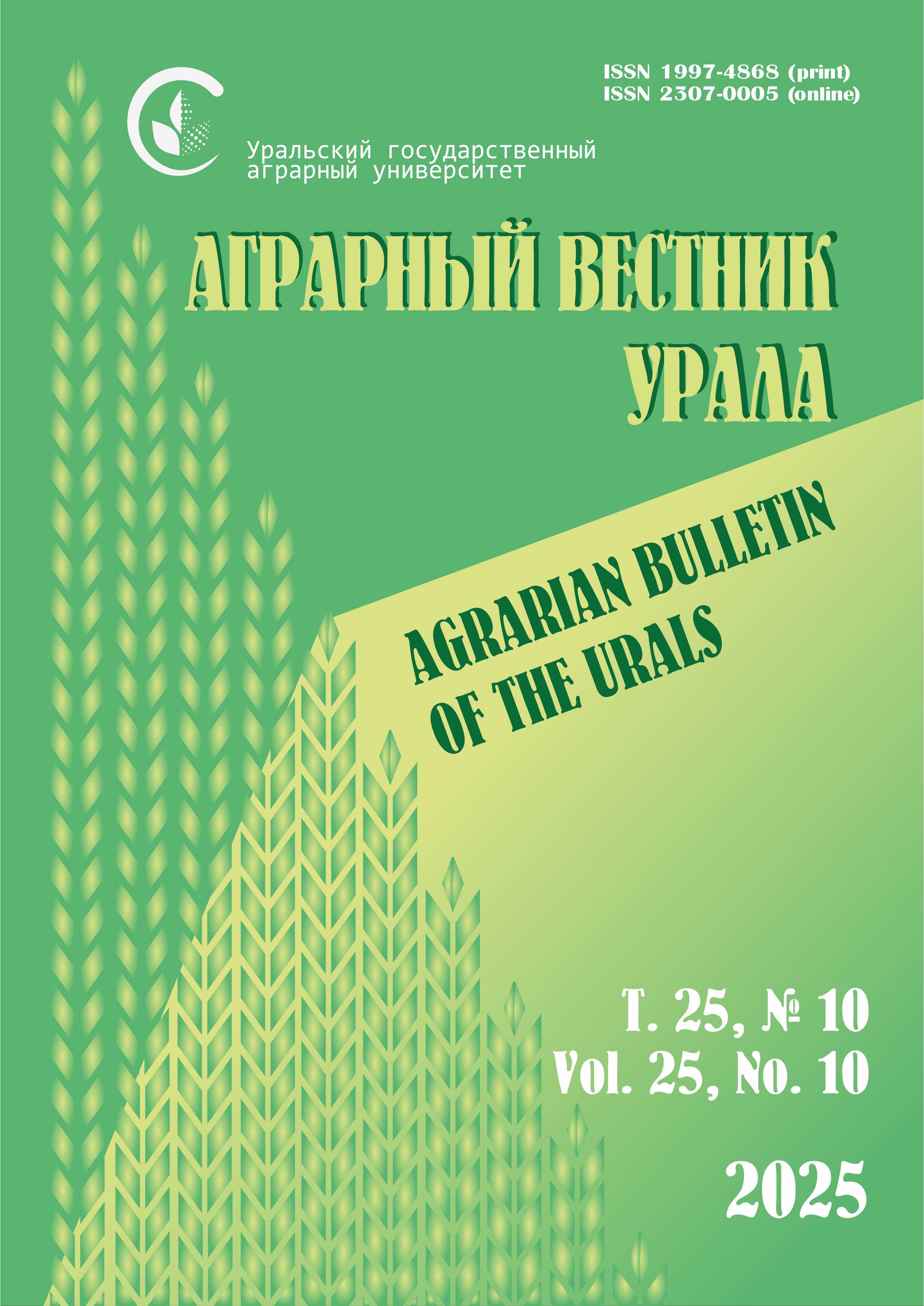Authors:
A. I. Katyuk
Samara Federal Research Scientific Center of Russian Academy of Sciences, Samara, Russia *E-mail: This email address is being protected from spambots. You need JavaScript enabled to view it.
Abstract. The experiments were conducted at Samara Research Institute of Agriculture, a branch of the SamSC RAS in 2018–2020. The purpose of the research. Evaluation of promising lines of peas from the competitive variety trial nursery for the nutritional quality of seeds to create new varieties for the Middle Volga region. Methodology and methods of research. The material for the study was 6 promising lines of peas. The nutritional quality of the lines were evaluated according to the following characteristics: the protein content and composition in the seeds, the boiling time of the seeds, the seed cooking coefficient, and the taste of the boiled seeds. The peas grew and developed in dry (2018–2019) and moderate (2020) weather conditions. Results. The protein content in the seeds of the lines was determined by external environmental factors, especially the weather conditions during the bean filling phase. The seeds accumulated more protein when the weather was dry during the bean filling. The protein content of seeds had a positive correlation (r = 0.944) with the average daily air temperature, and a negative correlation (r = 0.986) with precipitation during the bean filling phase. On average, the lines had the same protein content as the Samarius standard but corresponded to the standard value of high-quality varieties (not less than 24.0 %). The following lines had the same seed protein content as the standard (25.6 %): B3737/2-2 (25.2 %), Kt6575 (25.8 %), Kt6358 (24.9 %). These lines contained a large amount of water-soluble protein fraction in comparison with the standard: Kt6575 (16.9 %), Kt6358 (16.6 %), and B3737/2-2 (16.9 %). B3737/2-2 and Kt6575 showed high cooking quality (seed boiling time 110–122 minutes, seed cooking coefficient 2.5–2.6). All lines had a good taste of boiled seeds equal to 4–5 points. Scientific novelty. B3737/2-2, Kt6575, Kt6358 have been suggested to be used as sources of new varieties for their high cooking quality.
Keywords: peas (Pisum sativum L.), variety, quality, cooking property, protein, taste, amino acids.
For citation: Formirovanie belka i pishchevye dostoinstva perspektivnykh liniy gorokha v lesostepi Srednego Povolzh’ya [Protein formation and nutritional advantages of promising pea lines in the forest-steppe of the Middle Volga region] // Agrarian Bulletin of the Urals. 2021. No. 12 (215). Pp. 41–49. DOI: 10.32417/1997-4868-2021-215- 12-41-49. (In Russian.)
Download the full text of the article












